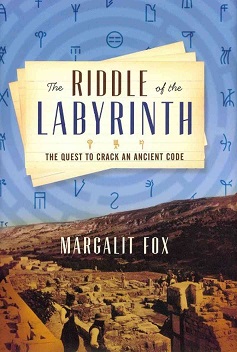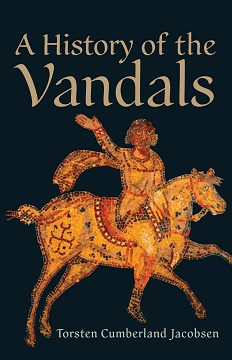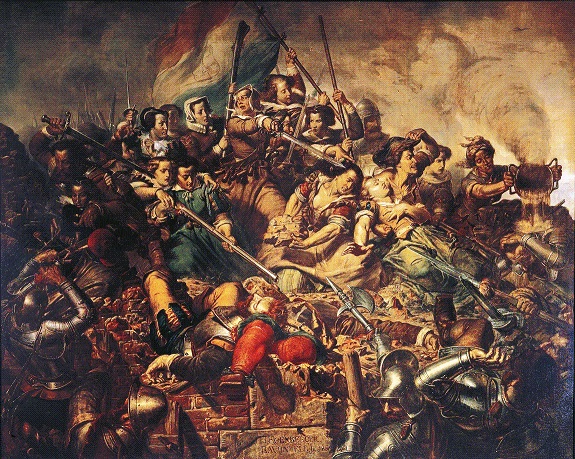
The Riddle of the Labyrinth
Margalit Fox
363 pages, including notes & index
published in 2013
Linear B is one of those ‘mysteries from history” I’d read about in the local library in the early eighties as a child, browsing through the stacks of occult, ancient astronaut and weird history books, listed along with better known examples like Schliemann’s quest for Troy. It’s one of those pieces of history I sort of, kind of knew about, of how tablets in an unknown language were found on Crete, providing evidence for the existence of a literate, “advanced” Bronze Age civilisation hundreds of years before the rise of the Classical Greek civilisations. But I never read much more about it because other subjects like Schliemann’s discovery of Troy looked much more interesting.
in The Riddle of the Labyrinth Margalit Fox sets out to prove me wrong by telling the real story of the decyphering of Linear B and Alice Kober, the largely forgotten woman at the heart of it, as well as of the archaeologist who found the tablets, Arthur J. Evans and the amateur linguist who finally decrypted them, Michael Ventris. In many ways this is a sad story: both Alice Kober and Michael Ventris died young, one dead of cancer, the other in a car accident, with Kober’s role in the decypherment for a long time remaining obscure because of her untimely death, while Ventris’ accident came at a time he was feeling depressed about what to do with the rest of his life… It’s also a detective story, as Fox tells the story of how the three of them each in turn helped the process of decyphering along.

